eSIM-compatible phones – Top brands and how to best use a travel eSIM
Depending on where you live, or what phone you have, you may have never used an eSIM before or perhaps you are using one right now (you can check here whether your model is an eSIM-supported phone with Ubigi, for example). But eSIMs aren’t just about getting connectivity to your phone for your day-to-day usage, they are also a must-have tool for travel.
What is an eSIM?
The acronym stands for “embedded Subscriber Identity Module”. SIM cards are what tells the network that a device is connected (and who to bill for a call or data used). The embedded variant is what it sounds like, it is essentially a SIM card soldered on your phone’s circuit board, but the key part here is that regular SIMs are changed by physically swapping them out, while eSIM profiles are changed via software, in your device’s settings.

Adding an eSIM profile to your phone can be as simple as scanning a QR code (this is of course provided you have an eSIM-compatible phone). Even better, some eSIM providers geared towards travelers have apps that help you manage data plans for multiple countries in one single eSIM; one such recommended provider is Ubigi.
Why use a travel eSIM
In the olden days, getting a local SIM while on a trip required either looking around the airport to buy one when you arrive or having one shipped to you before you leave. Either way, it was always a bit of a hassle.
With an eSIM, there is nothing to ship – you can get one over the Internet from anywhere and at any time, which means you can just get an eSIM for your upcoming trips, and providing you set it up properly and get the correct data plan, you can have mobile Internet the moment you land from the plane in any country. Travel eSIMs are typically valid for a short period – from a few days to a month – so you can get one that lasts the duration of your stay without overpaying for a card that you won’t need next week. And if plans change and you extend your stay or you underestimated how much data you will need, you can re-top up in a minute and keep going.
If you’re going on a grand tour, you can get eSIMs for every country that you plan to visit and switch between them as you arrive in each one. Or, in the case of Ubigi for example, you keep the same eSIM forever for all destinations, and just add new data plans from a single app.
Ubigi is one of the leading eSIM providers for personal travel and business customers, and luckily GSMArena readers can benefit from the discounted offer below.

eSIM-compatible phones – Top brands
As you will see in the next section, the top brands were the early adopters of the technology. It is not a premium feature anymore though, as even mid-rangers like the iPhone 16e, Pixel 4a and Galaxy A-series since the A54 have integrated eSIMs now. All Apple, Google and Samsung flagship phones have eSIMs too of course, and below are the overall top brands with the highest eSIM adoption rate
Samsung




Samsung Galaxy S25 Ultra • Samsung Galaxy S25 • Samsung Galaxy A56 • Samsung Galaxy Z Flip6
It’s quite common for smartwatches with network connectivity to use eSIM – in fact, the first device to feature an eSIM was the Samsung Gear S2 in 2015. Nowadays, the top models featuring an eSIM for Samsung are the flagship Galaxy S models and Z foldables, but also the A-series mid-rangers. Some specialty devices like the XCover phones also have eSIM support, which simplifies using company-owned subscriptions.
Apple




Apple iPhone 16 Pro Max • Apple iPhone 16 • Apple iPhone 16e • Apple iPad (2025)
In 2022, Apple launched the iPhone 14 series and the models sold in the US lacked a physical SIM slot – they relied on eSIM exclusively. This has been the case for subsequent models too. However, iPhones sold in other regions have a SIM slot plus an eSIM. And in China they only have a dual-SIM slot. What phones use is heavily influenced by local carriers. Top models with eSIMs include…, and new iPhone models are all expected to be eSIM-compatible on a move forward basis (across most regions).
![]()
![]()
![]()
![]()
Google Pixel 9 Pro XL • Google Pixel 9 Pro Fold • Google Pixel 9 • Google Pixel 9a
The first phone with an eSIM was the Pixel 2 in 2017. This launched on the search giant’s own carrier, Google Fi. Since then, every Pixel phone from the cheaper “a” models to the Pro flagships has supported eSIM.
Xiaomi




Xiaomi 15 Ultra • Redmi Note 14 Pro+ 5G (Global) • Redmi Note 14 Pro 5G (Global) • Poco X7
While the technology is not particularly popular in China, Chinese brands do add eSIM to their models sold internationally – e.g. Xiaomi has it on devices ranging from the Xiaomi 15 Ultra to more affordable models like the T-series and the Redmi Notes.
Motorola




Motorola razr+ 2024 • Motorola ThinkPhone 25 • Motorola Edge 60 Fusion • Motorola Moto G (2025)
Motorola is an interesting case – the 2019 revival of the Razr was an eSIM-only phone and since then the company has used the technology on anything from its foldables to the cheap Moto G, these are models costing $200 or less. In other words, if you want a phone with an eSIM, you can get one at practically any price point.
eSIM adoption statistics
The number of devices with eSIM support has been growing steadily since 2015 – smartwatches with cell connectivity almost exclusively use eSIM, more and more smartphones support it too and even larger devices like tablets often have eSIM as an option to add 4G/5G connectivity.
Looking at just the most popular devices in the GSMArena database, only 16 of the Top 100 devices for 2021 had eSIM. This jumped up to 24 the following year and for the last couple of years, a third of the Top 100 devices have eSIM.

We also looked at the raw count of eSIM-enabled devices launched by top brands since 2021, here is what that looks like:

We will see how 2025 shakes out, but the trend is pretty clear. By the way, here are all the phones with eSIM that have come out this year so far.
Interestingly, the adoption among the Top 100 most popular devices is stronger than it is among the whole field. Okay, maybe this is not too surprising, given how quickly the leading brands got into eSIM.
The benefits of using an eSIM
Even if your subscription has generous limits for roaming, you may want to get an eSIM when traveling – they are cheap and there are plans for a few days, a week and even a month, so you can pick one to match the duration of your stay.
And you can even get unlimited data with some providers like Ubigi, so you can continue binging your favorite Netflix shows, stream music and upload tons of photos and videos from your trip. In an unfamiliar region, you will probably be relying on navigation, restaurant reviews, etc., things that depend on an Internet connection – this means that running out of data can be a major headache.
The flexibility of eSIM makes it a great tool to remove one of the pain points of traveling. As mentioned above, just about everything requires an Internet connection these days.
eSIMs are the way to go if you have an eSIM-compatible phone, and even more so if you need to travel. If you need to go abroad, we recommend checking out Ubigi which offers fast and affordable data plans in over 200 destinations. It even lets you top-up through the app if you run out of mobile data and can’t connect to WiFi which is a very handy feature.
GSMArena’s travel eSIM deal

This is a sponsored post. Sponsorship is a form of advertising. The views and opinions expressed in this article are from the sponsor and might not reflect our own.
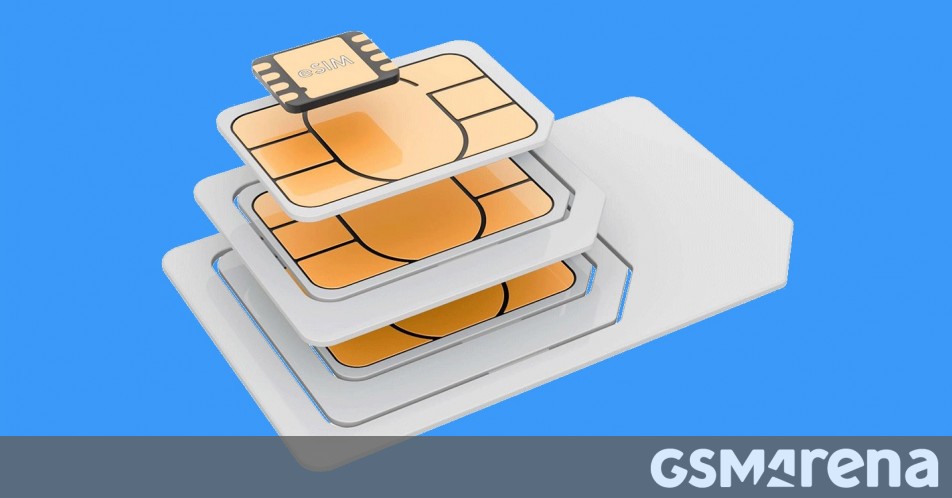
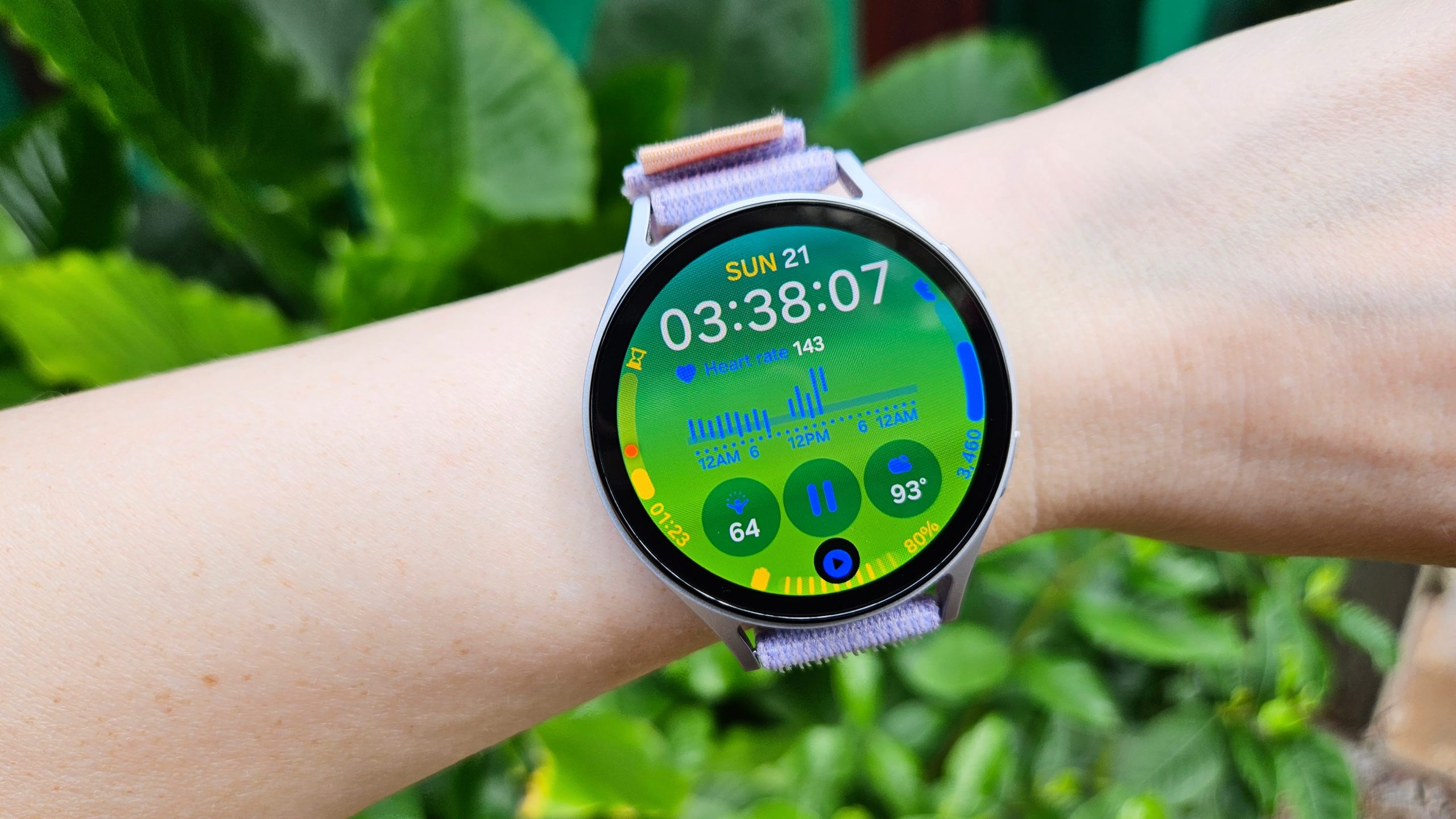
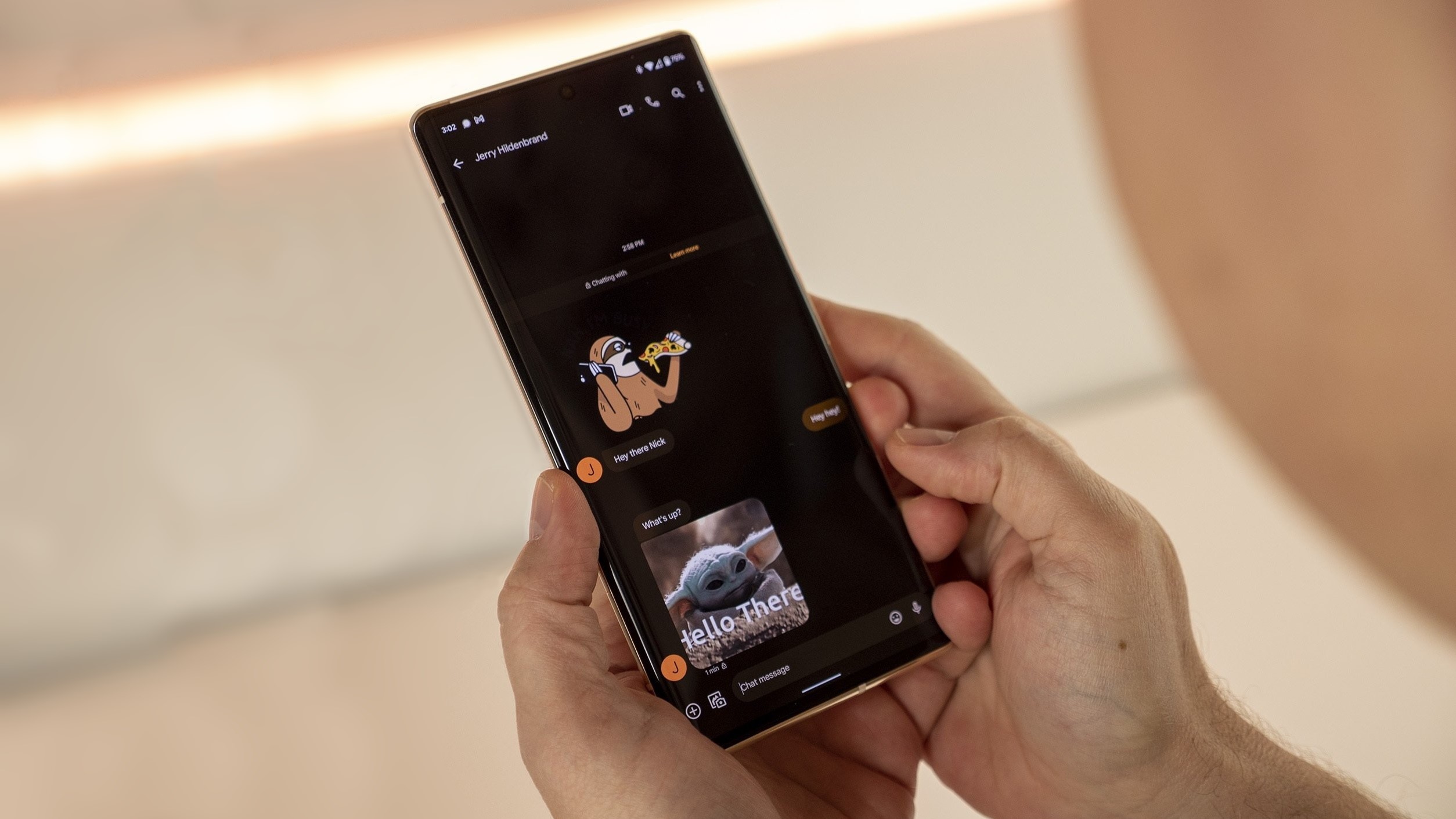

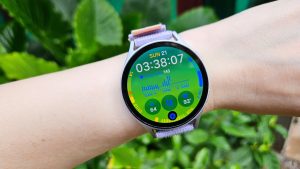
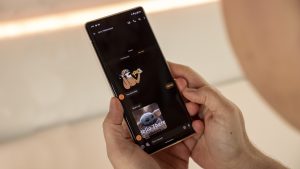

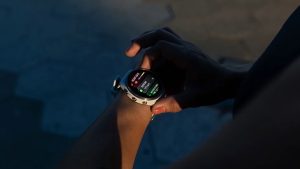
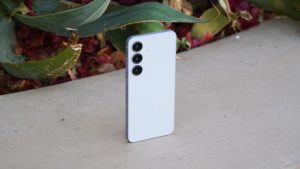
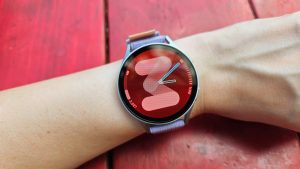

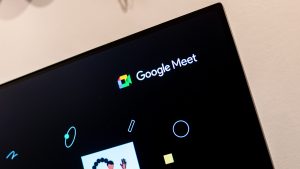
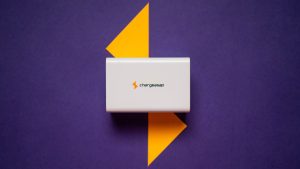

Post Comment